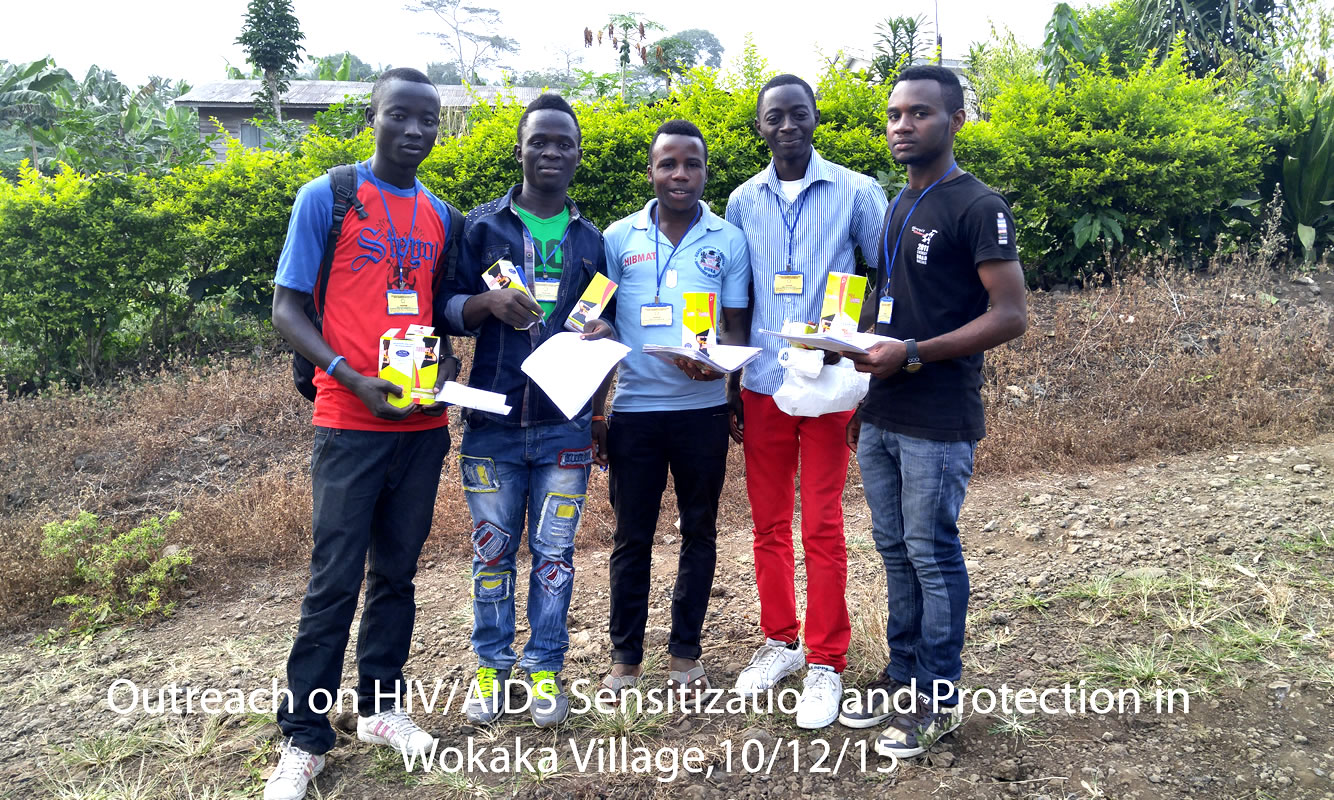HIV and Health Education 2015

Sharing is caring!
Project Overview
Since the first case of HIV was recognized in the US in 1981, HIV has spread rapidly throughout the world. Young people are particularly vulnerable to the HIV pandemic. Over half of all new infections worldwide are among young people between the ages of 15 and 24. In the United States alone, half of all new infections are estimated to be among people under age 25yrs and the majority of young people are infected sexually. Both sexually active and promiscuous young people in China, are more likely to be among the affected target population, because in recent years, they have developed more casual attitudes towards premarital sex, due to the rapid development of the economy, the influence of mass media on the perception of sex, and the degradation of traditional value, in addition to being sexual mature much earlier than before.
In Africa, the grip of HIV and AIDs has been, by far the deadliest. Twenty-eight million people in Africa are living with HIV/AIDS and southern Africa has the highest HIV adult prevalence in the world. Well over two thirds of the HIV/AIDS related deaths are from Africa (World Bank, 2002). At a human level, the financial burden of HIV/AIDS is at least 30% greater than deaths from other causes, because it affects the most productive age group (young adults), and because the cost of medication and caring for the sick are staggering and can be prolonged. HIV/AIDS leads to financial, resource and income impoverishment and puts severe strain on individuals and households. The psychological stress that is a direct consequence of the impact of HIV/AIDS on individuals and families can compromise school and work performance, family relationships, and the capacity to take care of children, and
may also culminate in risk behavior such as alcohol and drug abuse and in unsafe sexual behavior.